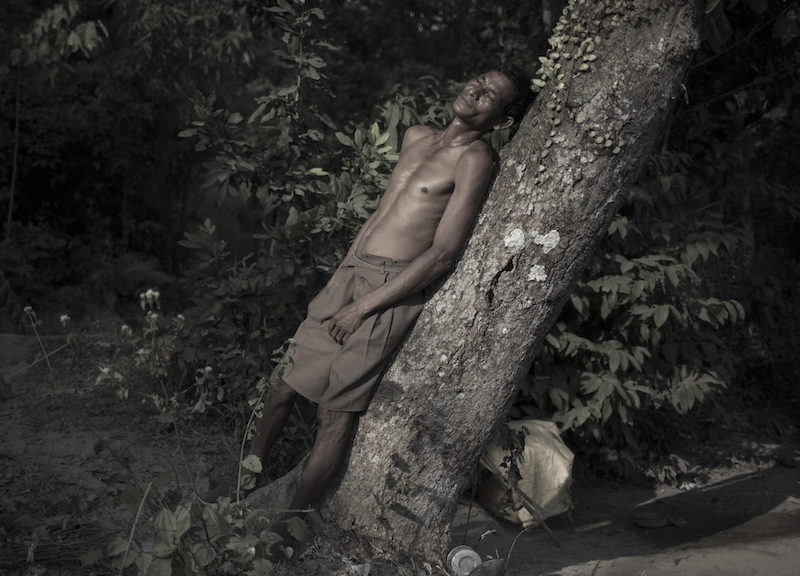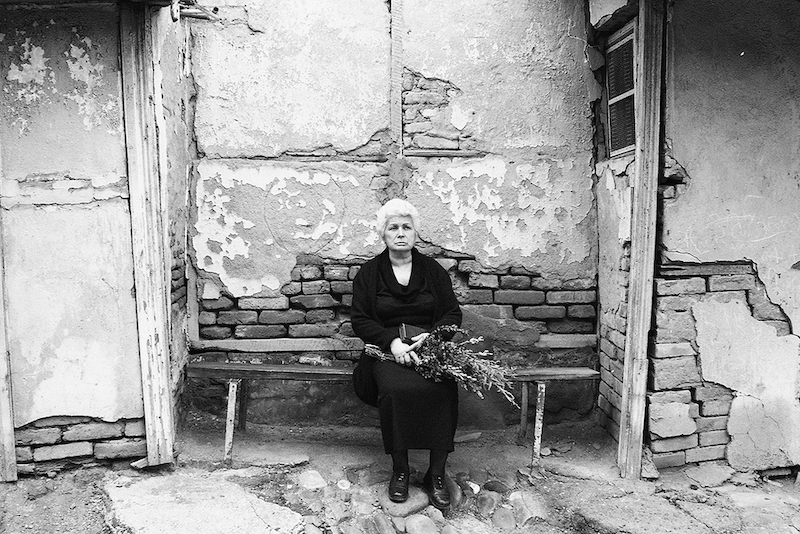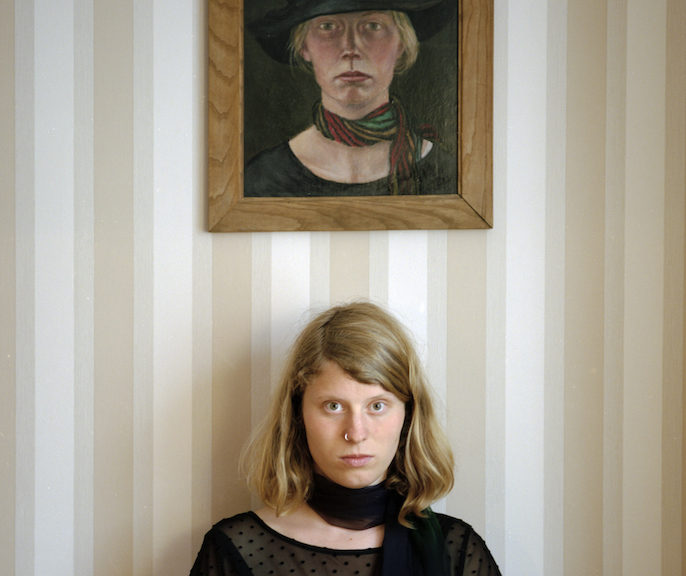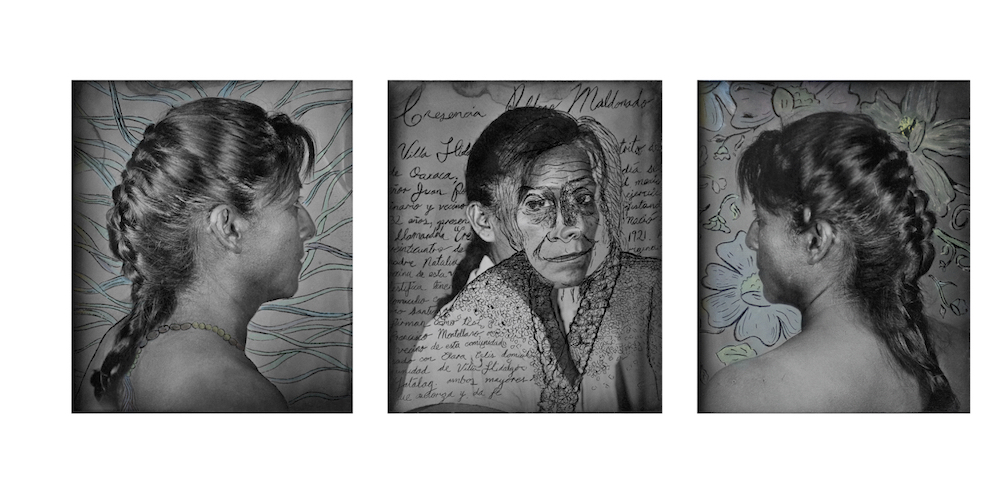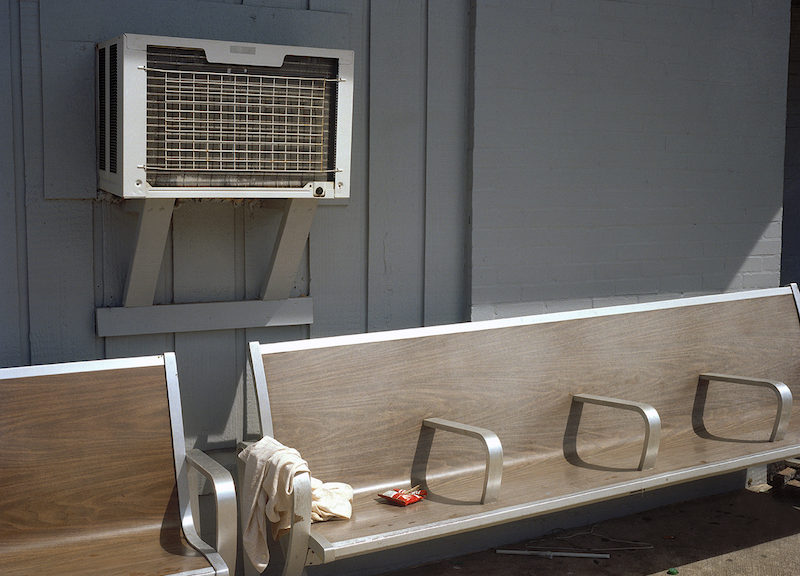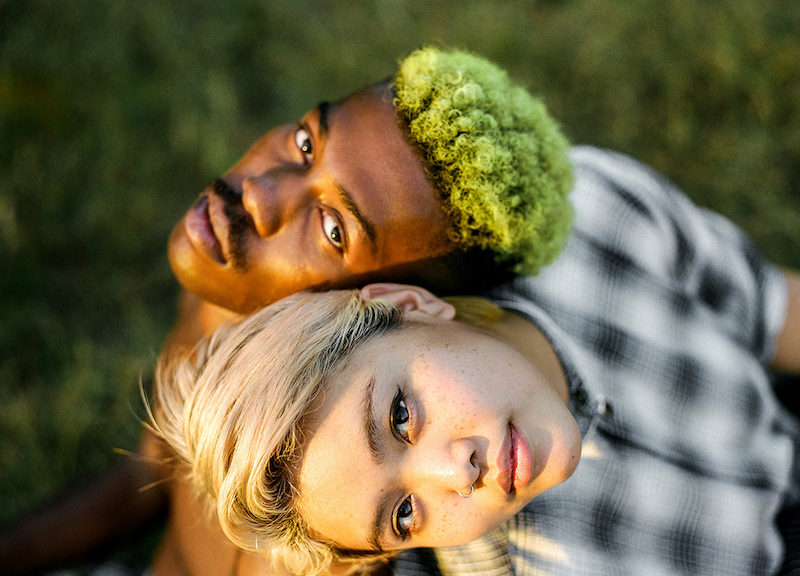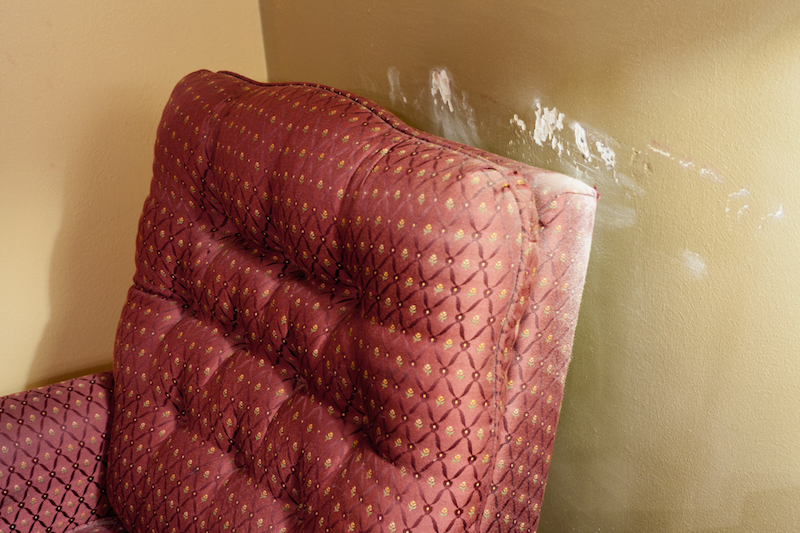Nanna Heitmann (Germany): Gone from the window
[juicebox gallery_id=”31″]
Essay will play automatically, hover over image for additional options
Coal mining enabled Germany‘s participation in the industrial revolution and contributed to the German “Wirtschaftswunder after World War II; resulting in the development of today‘s key industries. That is all history. Prosper Haniel, the last remaining colliery, closed in 2018.
Coal mining had once attracted countless people from all over Germany, as well as migrant workers from Turkey, Greece and Poland, all with the hope of a better life.
The elderly men are marked by decades of hard work. Broken knees, herniated discs and black lung are the typical symptoms. In the worst case, the inhaled coal dustpan lead to the malignant form of the silicosis.
Fortunately, the once widespread miner‘s disease has become much rarer. But this doesn’t erase the memories seeing elderly individuals, sitting by the open window, gasping for breath. If the cancer killed one of them, he was gone from the window – that‘s where the German phrase comes from.
Nobody will mourn the overexploitation of man and nature when the last colliery closes. But the warmth of the miners, their traditions and the very special identity of this region: this will be missed.
The families – the homes – first of all the intimacy need to be documented more. Pictures like metaphors – Freedom, Clean Air/ Space in contradiction to the claustrophobic feeling inside the mine, as softness/ gentleness in contradiction to the hardness in the mine.

